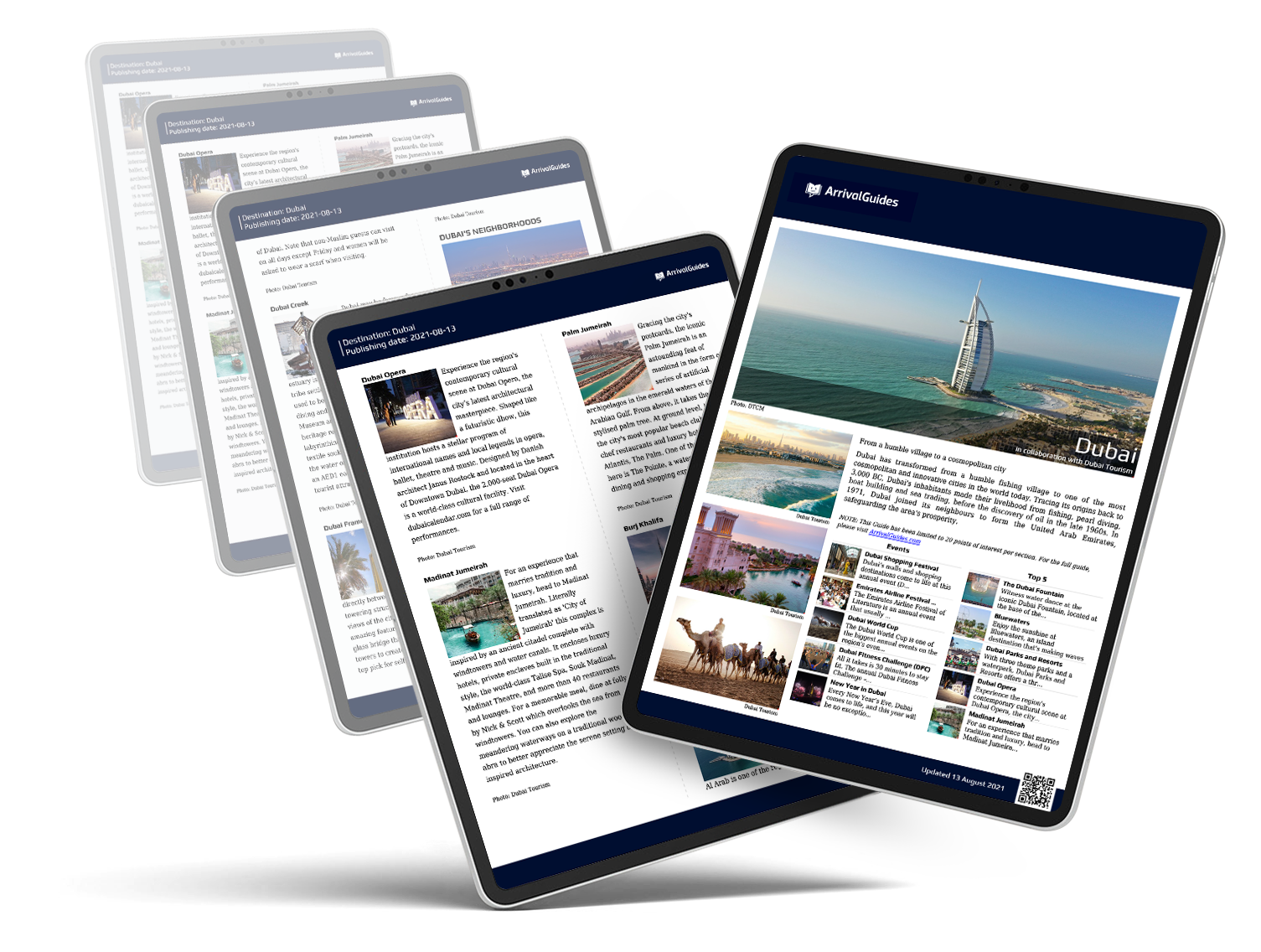
Provided by:
Sina Ettmer Photography/Shutterstock

Our travel guides are free to read and explore online. If you want to get your own copy, the full travel guide for this destination is available to you offline* to bring along anywhere or print for your trip.
*this will be downloaded as a PDF.Price
€4,95
The City
The guide was updated:
Stuttgart lies in the heart of one of Germany's largest wine-growing regions, and its unique charm draws visitors from across the globe. As the state capital of Baden-Württemberg, the city offers a mix of stunning panoramas, lush gardens and parks, historic squares, and architecture ranging from medieval to modern. Its cultural diversity adds another layer of appeal, making it a vibrant city with something for everyone.
Set in a basin-shaped valley opening out to the Neckar River, Stuttgart is surrounded by rolling vineyards to the east and south, with fertile plains to the north and west. While Cannstatt was already inhabited in Roman times, Stuttgart itself was founded in the 10th century as a stud farm, likely on the site of an earlier settlement. By 1219, it had officially gained city status under Hermann V of Baden. In the late 15th century, it became the seat of the duke, and in 1806, it was named the capital of the Kingdom of Württemberg.
Today, Stuttgart stands as the cultural and political heart of Baden-Württemberg, but it’s also a key hub for industry, trade, and finance. The city draws visitors with iconic attractions like the Mercedes-Benz Museum and the Porsche Museum, where you can dive into the stories behind these world-famous brands. Stuttgart’s traditional festivals also attract crowds from all over, making it a city that's always ready to celebrate.
Set in a basin-shaped valley opening out to the Neckar River, Stuttgart is surrounded by rolling vineyards to the east and south, with fertile plains to the north and west. While Cannstatt was already inhabited in Roman times, Stuttgart itself was founded in the 10th century as a stud farm, likely on the site of an earlier settlement. By 1219, it had officially gained city status under Hermann V of Baden. In the late 15th century, it became the seat of the duke, and in 1806, it was named the capital of the Kingdom of Württemberg.
Today, Stuttgart stands as the cultural and political heart of Baden-Württemberg, but it’s also a key hub for industry, trade, and finance. The city draws visitors with iconic attractions like the Mercedes-Benz Museum and the Porsche Museum, where you can dive into the stories behind these world-famous brands. Stuttgart’s traditional festivals also attract crowds from all over, making it a city that's always ready to celebrate.


